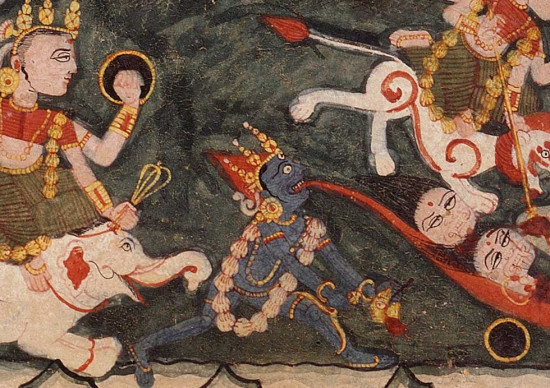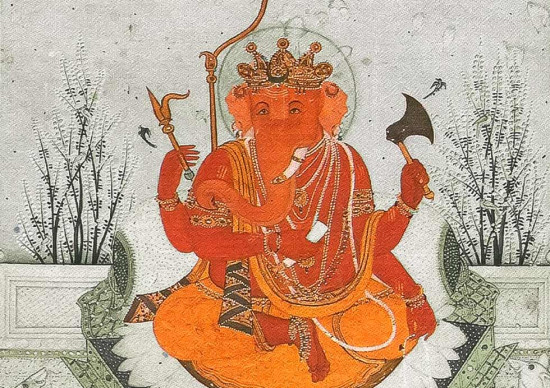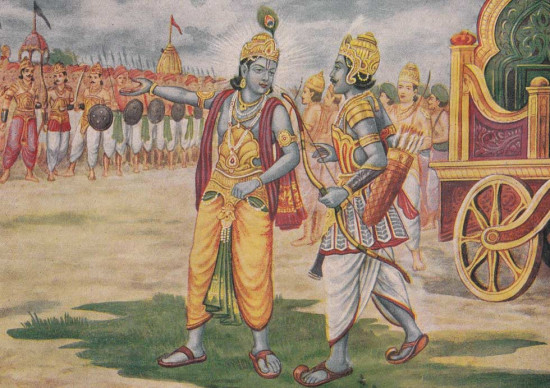Chola Bronze statues Whenever anyone hears this name, an image of the renowned Nataraja statues flashes into their minds. Chola bronze statues are an integral part of Indian history and culture. Chola bronze statues are made in the Chola Dynasty of South India.
From the 9th to the 13th centuries CE, the Chola dynasty ruled over vast parts of South India. During this period, they supported the arts, particularly sculpture and building. During the Chola era, creative expression flourished, and their bronze sculptures are regarded as some of the finest examples of Indian sculpture.
From the 9th to the 13th centuries CE, the Chola dynasty ruled over vast parts of South India. During this period, they supported the arts, particularly sculpture and building. During the Chola era, creative expression flourished, and their bronze sculptures are regarded as some of the finest examples of Indian sculpture.
Technique Used To Create Chola Bronze Statues
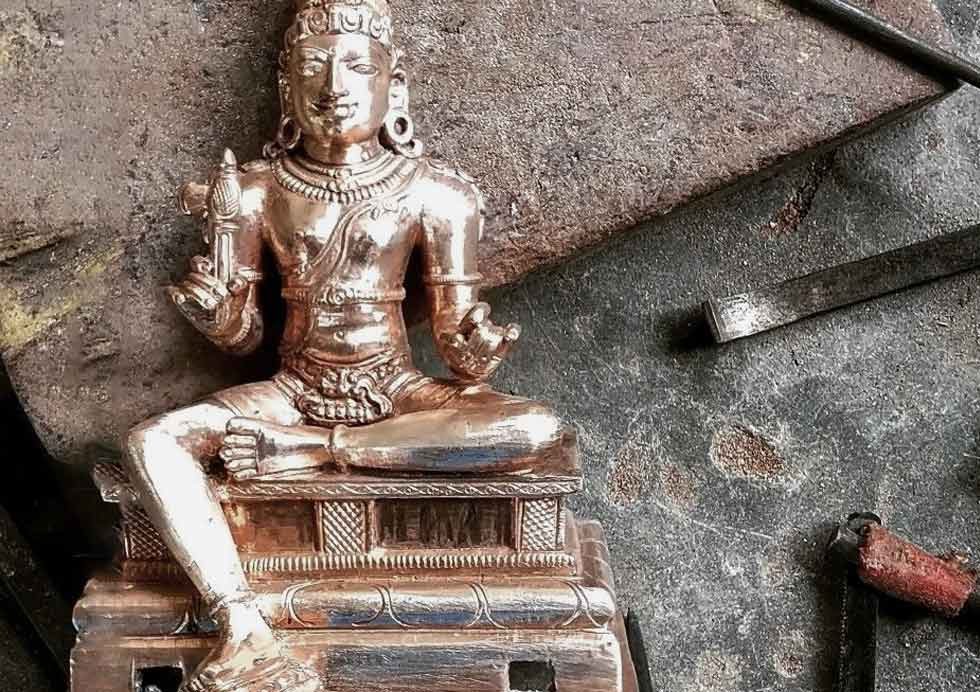
The lost-wax casting method was used to create the Chola bronze sculptures. A wax model of the artwork was created, which was then covered with a clay mixture. After that, the wax was melted away, leaving a hollow mold into which molten metal was put. The clay was broken away after the metal had cooled and hardened, showing the finished sculpture.
This is a time-consuming procedure. One statue will take months to construct. Artists devote their entire attention and imagination to crafting a single masterpiece. From producing the wax statue to completing the statue, they will have to put in a lot of effort.
This is a time-consuming procedure. One statue will take months to construct. Artists devote their entire attention and imagination to crafting a single masterpiece. From producing the wax statue to completing the statue, they will have to put in a lot of effort.
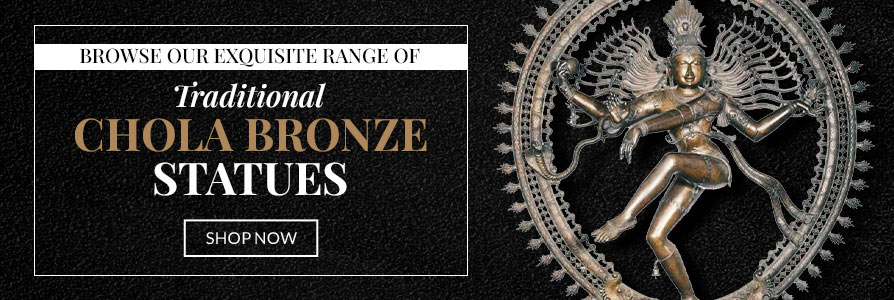
Main Theme of Chola Bronze Statues
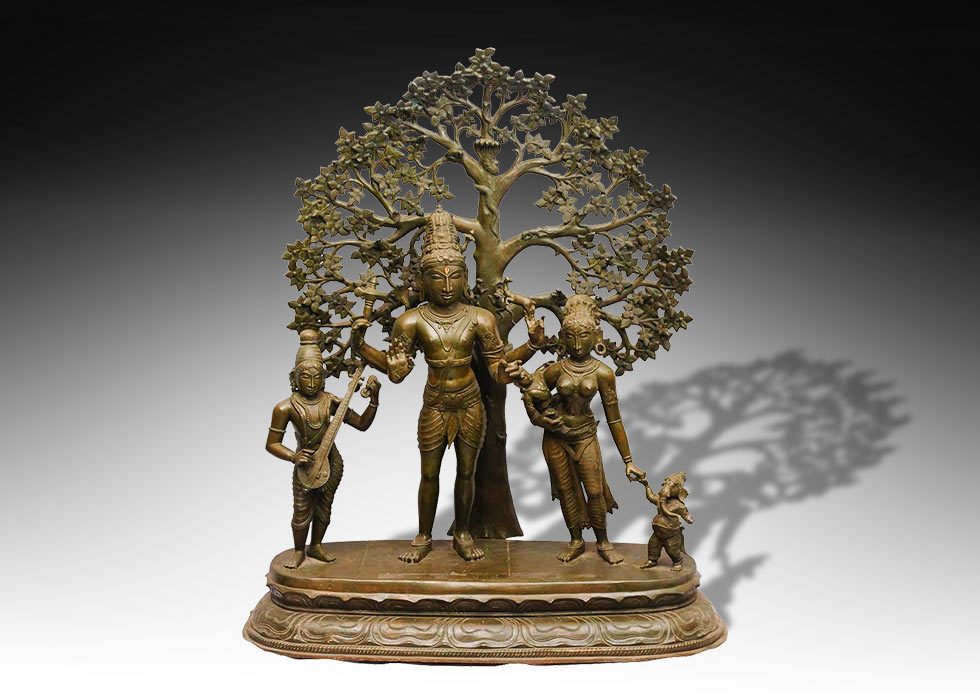
Chola bronze sculptures usually show gods and goddesses in a variety of poses and activities. The sculptures are notable for their lifelike quality, with the artists expertly capturing their subjects’ emotions and expressions. The artists create ornate jewelry, clothing, and other accessories for the figures, and they are also renowned for their intricate details.
The Nataraja, the dancing form of the deity Shiva, is one of the most well-known examples of Chola bronze sculpture. The Nataraja is widely regarded as the pinnacle of Chola bronze art, revered for its dynamic movement and intricate details. The figure appears to be performing a cosmic dance, with his arms and legs in different poses and his hair and clothing flowing behind him. The Nataraja is more than just a beautiful sculpture; it also represents the cosmic cycles of creation and annihilation.
The Ardhanarishvara is another well-known Chola bronze sculpture that portrays the god Shiva and his consort Parvati as a single androgynous figure. The sculpture is notable for its delicate balance and symmetry, with the masculine and feminine aspects of the figure perfectly merged. The Ardhanarishvara is thought to symbolize the union of opposites and is a symbol of the harmony and balance fundamental to Hindu philosophy.
Many other beautiful and intricate pieces were created by the Chola bronze tradition. Small figurines and other decorative items were frequently created by the artists for use in temple ceremonies and private worship. These sculptures, which often portrayed gods, goddesses, and mythical animals, were created with the same care and attention to detail as the larger works.
The Nataraja, the dancing form of the deity Shiva, is one of the most well-known examples of Chola bronze sculpture. The Nataraja is widely regarded as the pinnacle of Chola bronze art, revered for its dynamic movement and intricate details. The figure appears to be performing a cosmic dance, with his arms and legs in different poses and his hair and clothing flowing behind him. The Nataraja is more than just a beautiful sculpture; it also represents the cosmic cycles of creation and annihilation.
The Ardhanarishvara is another well-known Chola bronze sculpture that portrays the god Shiva and his consort Parvati as a single androgynous figure. The sculpture is notable for its delicate balance and symmetry, with the masculine and feminine aspects of the figure perfectly merged. The Ardhanarishvara is thought to symbolize the union of opposites and is a symbol of the harmony and balance fundamental to Hindu philosophy.
Many other beautiful and intricate pieces were created by the Chola bronze tradition. Small figurines and other decorative items were frequently created by the artists for use in temple ceremonies and private worship. These sculptures, which often portrayed gods, goddesses, and mythical animals, were created with the same care and attention to detail as the larger works.
Creativity of Chola Bronze Sculptures
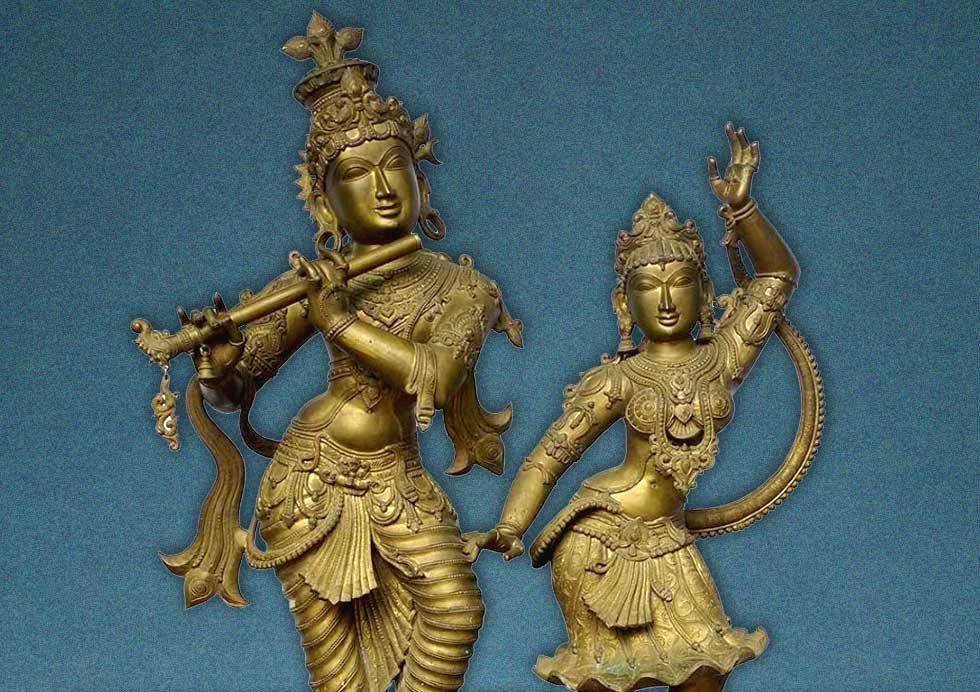
The Chola bronze sculptures are now praised as a testament to the Chola artists’ skill and creativity. They are still regarded as important works of art and can be found in museums and temples around the globe. The beauty and splendor of Chola bronze sculpture is a testament to the enduring memory of this remarkable dynasty, as well as a reminder of Tamil Nadu’s and India’s rich cultural history.
Chola bronze sculptures are historically significant in addition to their artistic and cultural significance. These sculptures offer insight on the Chola era’s beliefs, mythology, and religious rituals, as well as the greater Indian culture of the time. They also serve as a reminder of the extensive trade networks that existed during this time period, as the raw materials utilized in the sculptures were frequently supplied from remote locations.
Furthermore, contemporary artists and designers are inspired by the Chola bronze legacy. Chola bronze sculptures’ rich detailing, lifelike quality, and dynamic movements have affected many industries, including jewelry design, textile design, and even animation. The Nataraja statue, in particular, has become a symbol of Indian art and culture, with its image appearing in a variety of contexts ranging from ads to political campaigns.
Overall, the Chola bronze sculptures attest to the Chola dynasty’s ongoing impact and contribution to Indian art and culture. These sculptures are not only magnificent and detailed works of art, but they are also a source of historical and cultural knowledge, instilling creativity and appreciation in future generations.
Contemporary artists have recently started to combine traditional techniques with modern technology to create a beautiful and unique blend. This fusion of methods has produced a new art form that is both traditional and modern. The use of digital technology in printmaking is one illustration of this. Digital methods allow artists to produce prints that are more precise and intricate than traditional prints. This fusion of traditional and modern techniques has resulted in a printmaking renaissance, with many current artists employing this medium to create stunning works of art.
Traditional techniques will continue to be essential in contemporary art. Traditional methods will provide a foundation for artists’ work as they continue to experiment with new materials and techniques. The fusion of traditional techniques with contemporary technology, on the other hand, will continue to evolve, resulting in new and exciting forms of art. Traditional techniques will be used to safeguard cultural heritage and identity as society becomes more globalized.
Chola bronze sculptures are historically significant in addition to their artistic and cultural significance. These sculptures offer insight on the Chola era’s beliefs, mythology, and religious rituals, as well as the greater Indian culture of the time. They also serve as a reminder of the extensive trade networks that existed during this time period, as the raw materials utilized in the sculptures were frequently supplied from remote locations.
Furthermore, contemporary artists and designers are inspired by the Chola bronze legacy. Chola bronze sculptures’ rich detailing, lifelike quality, and dynamic movements have affected many industries, including jewelry design, textile design, and even animation. The Nataraja statue, in particular, has become a symbol of Indian art and culture, with its image appearing in a variety of contexts ranging from ads to political campaigns.
Overall, the Chola bronze sculptures attest to the Chola dynasty’s ongoing impact and contribution to Indian art and culture. These sculptures are not only magnificent and detailed works of art, but they are also a source of historical and cultural knowledge, instilling creativity and appreciation in future generations.
Contemporary artists have recently started to combine traditional techniques with modern technology to create a beautiful and unique blend. This fusion of methods has produced a new art form that is both traditional and modern. The use of digital technology in printmaking is one illustration of this. Digital methods allow artists to produce prints that are more precise and intricate than traditional prints. This fusion of traditional and modern techniques has resulted in a printmaking renaissance, with many current artists employing this medium to create stunning works of art.
Traditional techniques will continue to be essential in contemporary art. Traditional methods will provide a foundation for artists’ work as they continue to experiment with new materials and techniques. The fusion of traditional techniques with contemporary technology, on the other hand, will continue to evolve, resulting in new and exciting forms of art. Traditional techniques will be used to safeguard cultural heritage and identity as society becomes more globalized.

